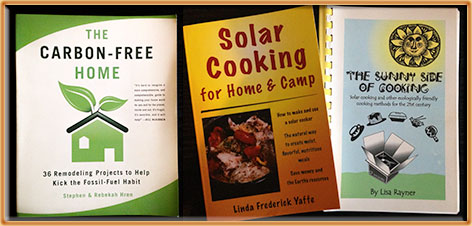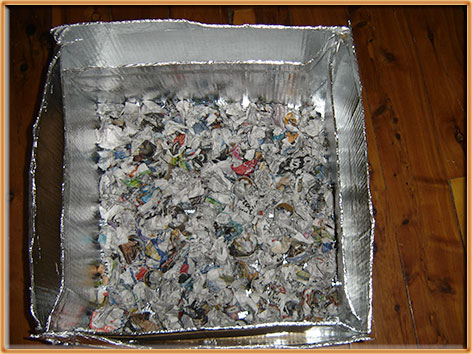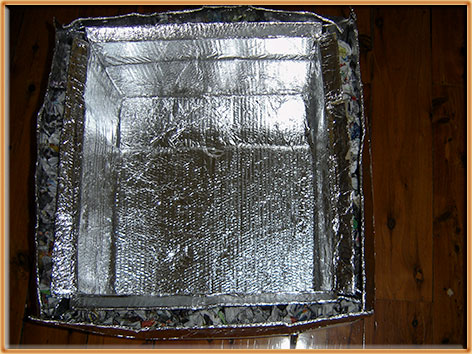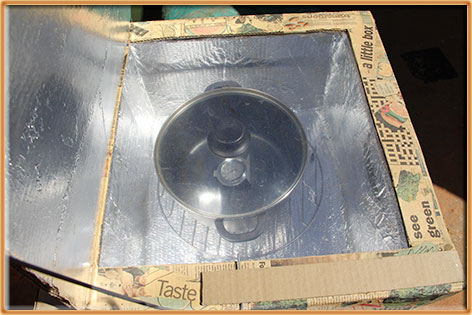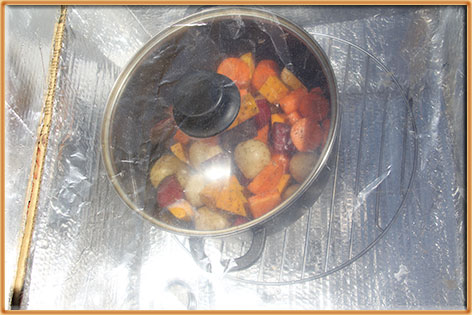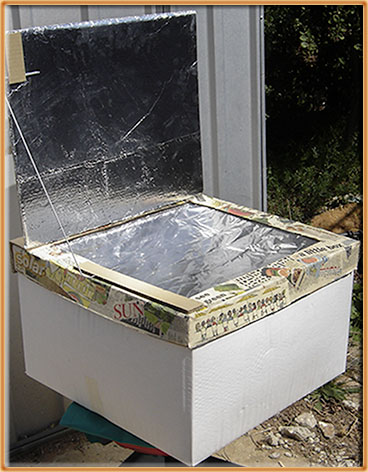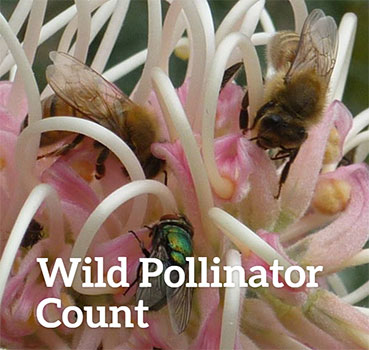Solar cooking on ABC local radio
/Our local ABC radio picked up on my solar cooking adventures. Their cross-media reporter, Allison Jess, dropped by to see it in action. Her interview with me and some accompanying photos are on the Goulburn Murray ABC local website (here or click the image below).
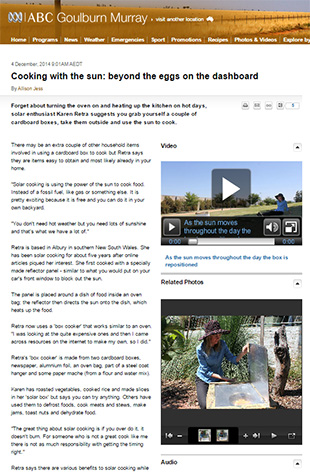
I also created a little time-lapse video of a late-afternoon "bake" of spicy carrot and walnut slice in the solar cooker. It cooked from about 3pm and fortunately it was ready by about 5pm, or the shadows would have meant I needed to move it elsewhere. Not that that's terribly difficult with the box cooker!
Video: Solar cooking time-lapse (41 seconds).
It is fun to be able cook in the garden, especially when many of the ingredients were grown there too. Take that food miles and fuel miles!


